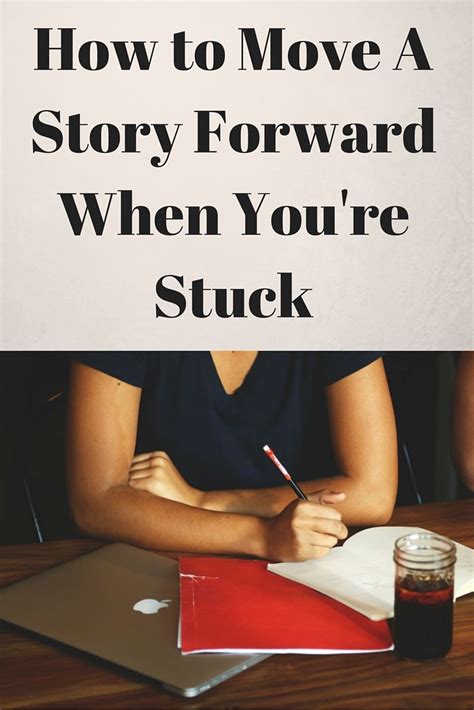Write Texts That Move Your Story Forward
In the world of storytelling, whether it's through novels, screenplays, or even the concise art of texting, every word counts. A stagnant text, one that doesn't contribute to the narrative's progression, is like a dead end in a thrilling adventure. This article explores how to craft texts that propel your story forward, engaging your readers and keeping them hooked. We'll delve into techniques that ensure every message serves a purpose, building suspense, revealing character, and driving the plot toward its climax.
What Makes a Text 'Move the Story Forward'?
A text that moves the story forward does more than just fill space. It actively contributes to one or more of the following:
- Plot Advancement: The text reveals crucial information, triggers an event, or changes the course of the narrative.
- Character Development: The text reveals something new about a character's personality, motivations, or relationships.
- Raising the Stakes: The text increases tension, urgency, or conflict, leaving the reader wanting more.
- Setting the Scene: The text subtly builds atmosphere, location, or time, enriching the reader's understanding of the environment.
Common Mistakes to Avoid
Before we dive into techniques, let's address common pitfalls that hinder narrative progress in text-based storytelling:
- Info-Dumping: Avoid overwhelming the reader with unnecessary details. Concise language is key.
- Redundancy: Don't repeat information already established. Each text should offer something new.
- Unnecessary Dialogue: Dialogue should serve a purpose; avoid casual chitchat that doesn't advance the plot or character development.
- Passive Voice: Active voice creates a more engaging and dynamic narrative.
Techniques for Writing Texts That Move Your Story Forward
Here are some practical techniques to elevate your text-based storytelling:
1. Show, Don't Tell (Even in Texts)
Instead of stating facts, use descriptive language to convey information indirectly. For example, instead of "The meeting was tense," write something like, "His knuckles were white as he gripped the phone." This subtle approach paints a more vivid picture and engages the reader's imagination.
2. Utilize Subtext and Implication
Subtext – the underlying meaning beneath the surface – is crucial. A short, seemingly innocuous text can carry significant weight through implication. For instance, "Running late" can hint at danger or hidden agendas, depending on the context.
3. Employ Strategic Pacing
Vary the length and content of your texts to control the pace of the story. Short, sharp messages can build suspense, while longer texts can provide exposition or character development.
4. Master the Art of the Cliffhanger
End a series of texts with a question, a threat, or an unexpected twist to leave the reader wanting more. This keeps the reader engaged and eager to continue the story.
How to Use Texting to Enhance Different Genres
The approach to writing story-advancing texts varies depending on the genre:
- Thriller/Mystery: Texts should be short, sharp, and filled with suspense. Use cryptic messages and cliffhangers to maintain tension.
- Romance: Texts can be used to convey intimate moments, build emotional connection, and reveal character flaws or desires.
- Fantasy/Sci-Fi: Texts can reveal clues about a magical world or futuristic technology, advancing the plot and enriching the setting.
Frequently Asked Questions
How do I make sure my text messages are believable within the context of the story?
Consider the characters' personalities, relationships, and technological literacy. A CEO might use formal language while a teenager would employ slang and abbreviations. Maintain consistency to build authenticity.
How many texts should I use to tell a story?
There's no magic number. Focus on quality over quantity. Each text should serve a purpose, moving the plot forward in a meaningful way. Too many texts can bog down the narrative.
How can I avoid making my text-based story feel disjointed?
Use transitions and connecting phrases to create a smooth flow between texts. Maintain a consistent tone and perspective to keep the reader immersed in the story.
By mastering these techniques, you can transform simple text messages into powerful tools that drive your story forward, engage your readers, and ultimately create a compelling and memorable narrative. Remember, every word counts!

